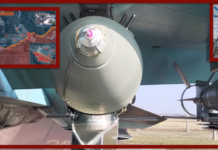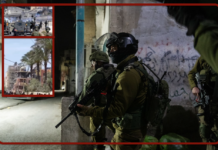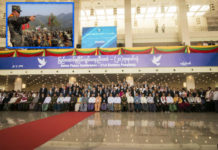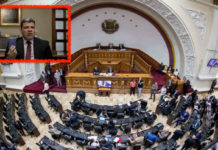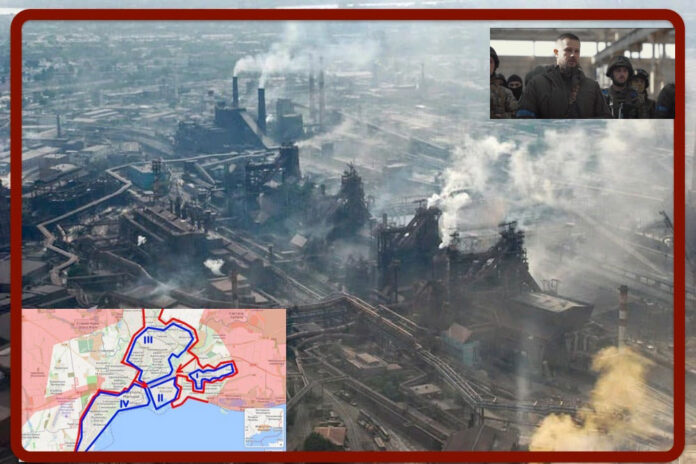
In the late morning of 18 March, Mariupol airport came completely under the control of the DPR, reports the RIA Novosti correspondent. The battle is still open because as the militias define it, the Mariupol ‘cauldron’ is actually fragmented into several isolated parts, as the map at the beginning shows.
According to Russian sources, the Mariupol airport was “liberated” after fire damage to the Azov strongholds and “cleansing”, i.e. the razing of buildings and communications on the territory of the airport. On the 17th, a Russian drone managed to bomb a Ukrainian drone control communication centre.
According to Russian reports, ‘during the eight years of Bandera’s terror in Mariupol, the airport acquired a sad “fame”: on its territory, nationalist formations set up a real prison, where tens and hundreds of people were simultaneously detained, including torture and executions of Donbass militias and Russian citizens’.
According to Donbass sources, which are not verifiable at the moment, the ‘torture’ prison, which is known for its sadism and inhuman treatment of prisoners, regardless of gender and age, was the brainchild of Colonel SBU Kharaberyush. The colonel was allegedly the victim of an attack in Kiev years ago in his own car. Survivors at the Mariupol airport prison are ready to testify.
The same sources report that the ombudsman of the DPR will be the first to inspect the Mariupol airport and the prison of the SBU and punitive battalions called the “Library”.
It is difficult to determine when the whole city will fall to the Russians because the fighting is currently house-to-house. Not only that, it seems that the Azov battalion has barricaded itself at the Azovstal enterprises, the Ilyich factory, and made them into fortified areas and still other fortifications are being set up between the shops. At the same time, workers are not allowed to interrupt the production cycle. The military and the Azovs, if these facts are established, hope to hide behind a “human shield” and stay there long enough, until some sort of political decision is made. In the hope of not being stormed in the factories, and during this time, either through negotiations or under pressure from the West, Russia will, according to them, make concessions. Indeed, on March 17, a video of the Azov battalion, filmed inside an industrial complex, appeared in the Russian and Ukrainian social spheres, calling for massive intervention in the area by Ukrainian troops.
The Russians, however, have already made it known that Mariupol will be taken in any way, as there are too many interests linked to it and not only military ones.
According to the Donbass militias, there are about 15,000 soldiers in Mariupol. There are marines, there are many National Guard linemen, there is the entire “M” sector plus the Natsik themselves, the “Azov””Dnepr” and “Shakhtersk” battalions and so on. In addition, those who were defeated near Granite, near Volnovakha in the DPR, are falling back to Mariupol. They have nowhere to go.
The biggest fear is for the citizens living in Mariupol who could be victims, human shields, the Russians fear for example that the Russian citizens in the city are human shields for the Azovs who will not surrender. The fear is that as they lose ground they will decide to eliminate documents relating to the presence of Azov personnel, and for this reason activists in the Donbass are trying to intercept Ukrainian officials willing to sell documents that would nail their colleagues who tortured civilians.
Meanwhile, the General Staff of the Ukrainian Armed Forces has developed a defensive “strategy” for Mariupol. The Ukrainian and Azov armed forces should bring all their forces to the Azovstal plant, which the Kiev authorities want to make a symbol of resistance to Russian troops, as the Donetsk airport once was. The remnants of military equipment and ammunition have already been moved to the territory of the plant, now the fighting groups are leaving from there.
The Ukrainian government has nationalised both metallurgical plants in Mariupol, formerly owned by Rinat Akhmetov. Although production is being preserved, Akhmetov’s rights have been removed.
Graziella Giangiulio


